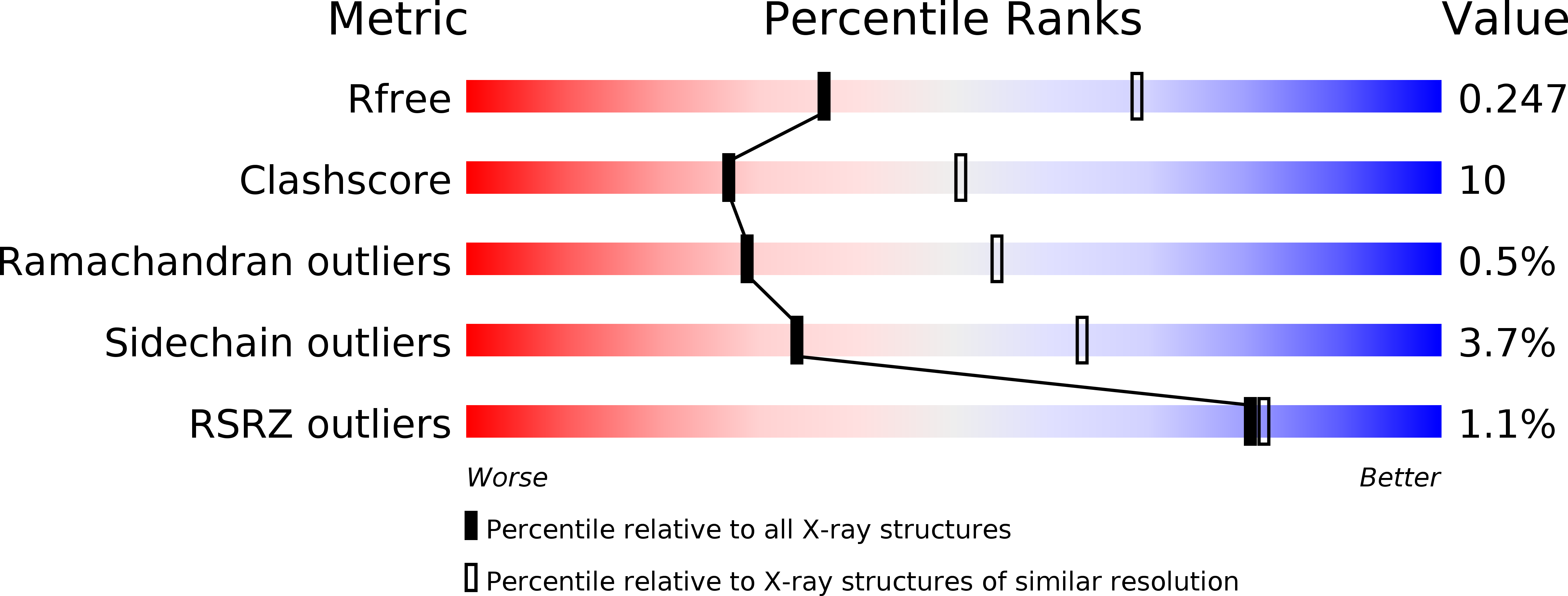
Deposition Date
2019-01-10
Release Date
2019-05-01
Last Version Date
2024-10-23
Entry Detail
PDB ID:
6J4Q
Keywords:
Title:
Structural basis of tubulin detyrosination by vasohibins-SVBP enzyme complex and functional implications
Biological Source:
Source Organism:
Homo sapiens (Taxon ID: 9606)
Host Organism:
Method Details:
Experimental Method:
Resolution:
2.70 Å
R-Value Free:
0.24
R-Value Work:
0.18
R-Value Observed:
0.18
Space Group:
P 32 2 1


